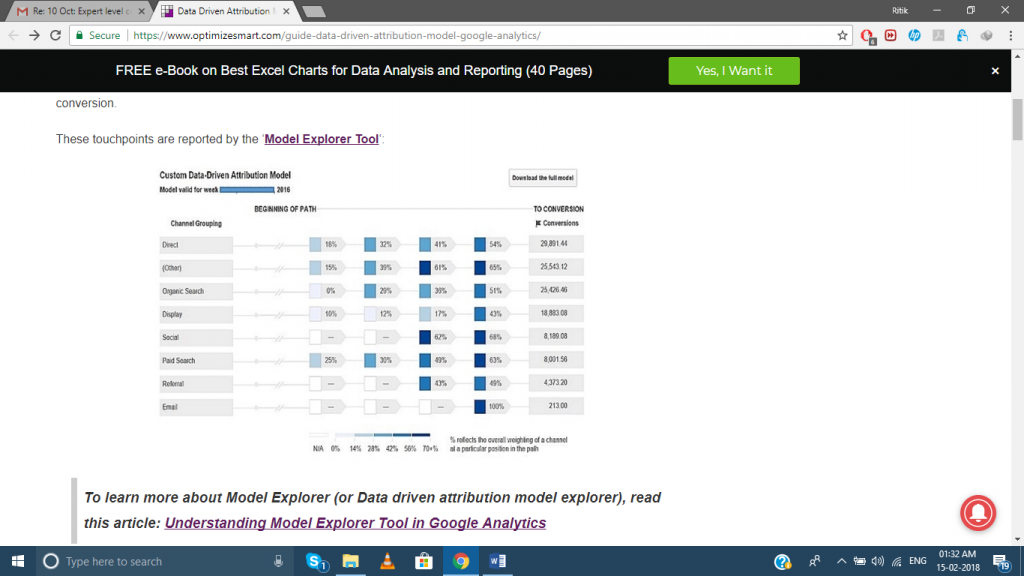
Google Analytics is used by more than 28.8 billion[1] websites since its inception in 2005. And many have attempted to find a ‘one size fits all’ approach as far as attribution models are concerned.
While this is admirable in and of itself, it also goes against the very nature of Google Analytics. After all, the USP of the service is to customize reports according to your requirements. So why should attribution models be any different?
What is attribution?
Before we dive in any further, however, you must understand what we mean by attribution. In Google Analytics, the term attribution can mean lots of things, from giving credit for visiting the website to completing a particular activity, from a campaign to a kind of source. Attribution is mainly used for conversions and sessions.
Data-driven attribution
Now, attribution models can be of various kinds, but the one generating a lot of buzz lately is data-driven attribution. Rather than a traditional model, this algorithmically-generated model is exclusive to customers of Google Analytics 360 which offers an easy way[2] to provide personalized experiences to your customers. Plus, you need to meet these two parameters across a period of 28 days:
- 400 conversions of every type with a minimum of two interactions in every conversion.
- 10,000 paths on your site, which is akin to 10,000 site users. However, a single user can create numerous navigational paths.
The standout feature of data-driven attribution is how it considers the touch points of the users before the start of the conversion process. The Model Explorer Tool[3] reports these touch points. The data is then reviewed.

The data-driven attribution model

